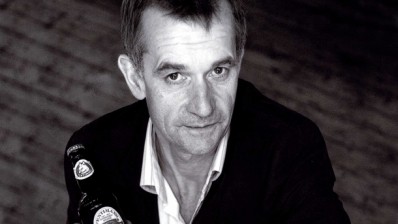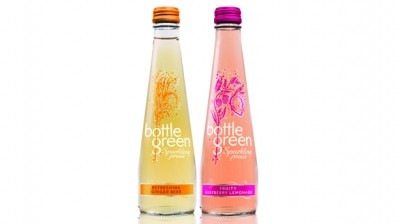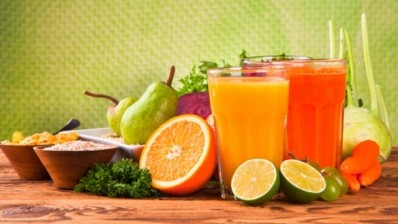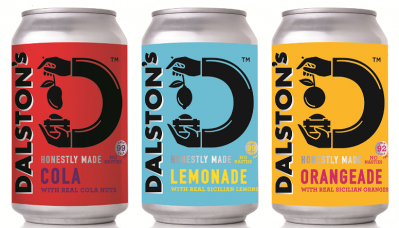In association with CCEP
How soft drinks started
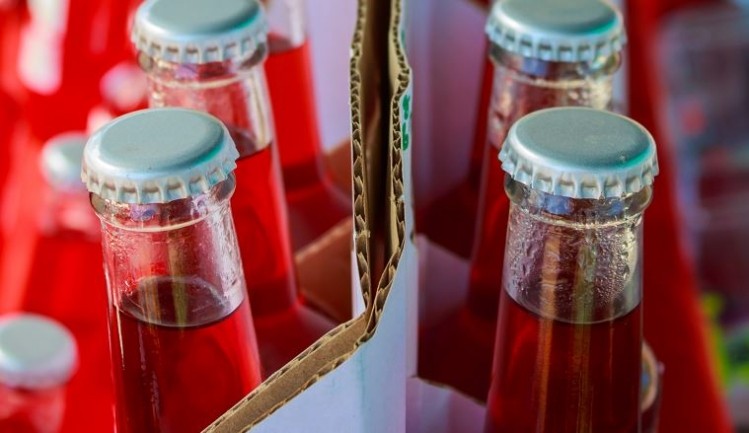
Many would consider soft drinks as relatively new liquids, but that’s closer to fiction than fact. Softs actually date back hundreds of years and have played a pivotal role in UK society.
Before we go back in time, though, let’s look at the current facts. According to recent statistics, more than 1.9bn litres of soft drinks are sold in the UK on-trade and leisure channels every year. The category grew by 4.3% last year, while sales in the premium segment increased by 75%. But pubs are missing out on soft drink’s forgotten legacy.
It’s difficult to pinpoint the year soft drinks as we now know them came into existence, but records show 17th Century Parisians would drink still water mixed with lemon and sweetened with honey. Although, it’s likely humans have flavoured water for centuries before. Over a hundred years later in the UK, Dr Joseph Priestley discovered oxygen and subsequently developed the means to carbonate liquids.
Soft drinks were rather tame in the 17th and 18th Centuries, but things took a dramatic turn in the 1800s when flavours really started to fly. Coca-Cola, for instance, was brought to the masses of the US late in this century, before making it to the UK in the 1900s.
The Temperance Movement
In 1884 in the UK, the Temperance Movement started to gain traction, thanks to socioeconomic impacts – people drinking too much – and the rise of Victorian manufacturing towns and cities. Those involved in the movement were not allowed to drink alcohol.
Temperance bars popped up across the country in their hundreds, as factory owners sought to keep their workers (who would have lived in areas owned by their employers) sober and fit for work. Workers would also take a pledge, promising never to touch a drop of alcohol or other psychotropics.
Brits were also encouraged to drink in temperance bars during the First and Second World Wars, when the government wanted to ensure the nation was healthy enough to work in munitions factories and to fight on the front line, according to popular social history.
Flavour was sought to make drinks more exciting in the absence of alcohol. We’re all familiar with dandelion and burdock, cream soda and sarsaparilla, which are cordials and first invented and sold to customers by Victorian herbalists as tonics and remedies from their small shops.
Once demand for such cordials rose, the temperance bar was fully fledged. However, after the population gained more freedom to drink alcohol and new legislation made it easier to produce and sell it, temperance bars quickly fell out of favour.
The last temperance bar
The last remaining original temperance bar in the UK is Fitzpatricks in Rawtenstall, Lancashire, which opened in 1880.
Yet the nation’s love affair with high-flavoured non-alcoholic drinks has been consistent, but interest has only just started to mushroom and the on-trade has – and is playing – an immense role in the trend. It is now a category that’s as diverse as any other, ticking every box from mainstream to craft and premium.
According to CGA Strategy, 21.9 million consumers drink softies in pubs, bars and restaurants, with 30% of those drinking from the premium segment as an alternative to alcohol. The figures, along with the history, speak for themselves.
For the rest of the year, The Morning Advertiser (MA) will be touring UK pubs and bars with Coca-Cola European Partnerships (CCEP) to find out just how important soft drinks are to the sector and to learn how the top-performing sites have made such a success with their offerings.
Read the next instalment of the CCEP Pub and Bar Tour series, in association with The MA, in the 19 September issue to find out how one operator near Christchurch is making a killing from his soft drinks offer – helped by CCEP, of course.
Comment from Paul Grace, CCEP Director of Field Sales GB
The on-trade has developed considerably in recent years with soft drinks becoming even more important to a licensee’s offer. The with food, family and cocktail trends have all contributed to the rise of and importance of the category but it’s the trade’s commitment to best practice that is really delivering success.
I’m regularly out in trade and enjoy hearing about how operators are offering more soft drink choices to their customers and how diligent they are when it comes to staff training so that they deliver on customer experience every time – be that a perfectly served glass of Coca-Cola or making suggestions as to what soft drink goes with an item on the food menu.
At CCEP we pride ourselves on working collaboratively with the trade, helping to shape consumer choice through our breadth of portfolio to ultimately help our customers grow their sales and profits. The following tour shines a light on how pubs and bars across the country are capitalising upon the soft drinks opportunity, we hope the content gives you some ideas for your own businesses.
